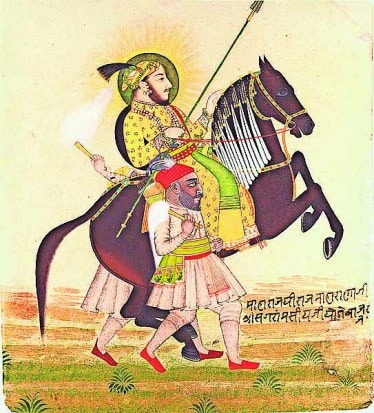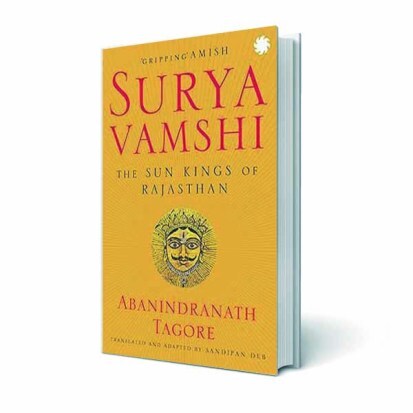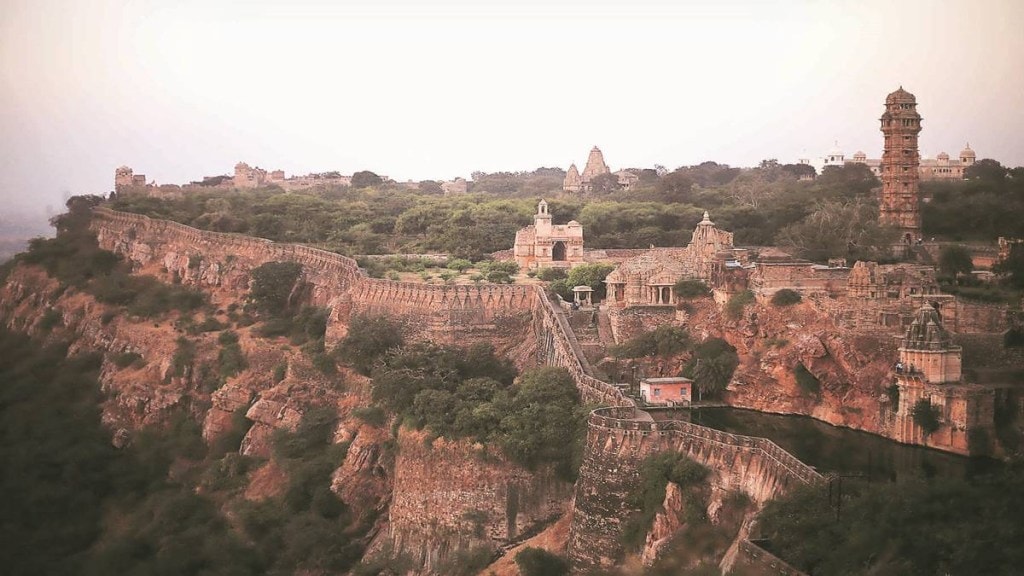Bengal of the 19th century was a time of raging nationalism, a blazing call for Swadeshi, of rekindled pride and renaissance. Painter-writer Abanindranath Tagore, the man behind the famous Bharat Mata painting who spearheaded the Bengal School of Art, is seen as one of its prominent exponents. So when you read Suryavamshi, the English translation by Sandipan Deb, of Tagore’s Rajkahini, one needs to know the context.
Far from Bengal, the book is set in Rajasthan, the land that has seen several wars, raged by those from within and outside, and where a sense of romanticism of life, allegiance to the motherland and pride run supreme. Suryavamshi is the tale of the kings and a queen of Mewar of the Suryavamsha dynasty. It starts with Shiladitya, the boon-child of the Sun God, Suryadev, and the founder of the Suryavamsha dynasty, and ends with the one-eyed Rana Sanga, the 16th century Rajput warrior who lost to the Mughal emperor Babur in the battle of Khanwa in 1527.

And in between, you’ll find the tales of Goha, Bappaditya, Rana Kumbha, and Sangram Singh; all fighting their battles, some personal but mostly on the battlefield, protecting the throne, and the Rajput pride. The better-known story is that of Rani Padmini, punished for her beauty, who committed jauhar (self-immolation) as Delhi’s sultan Alauddin Khalji laid siege at Chittor in a bid to have Padmini.
Here it is to be noted that Tagore’s writing falls into the tradition of itihasa, “the uniquely Indic concept that straddles history and mythology and tried to convey a truth that goes beyond dry facts and statistics,” the introduction of Deb’s book reads. At the same time, it is hard to not notice that stories and characters, at times, lack depth, where the storyline develops at such a rapid pace that one is left wondering about the motivation of individual characters. Another jarring aspect is the abject lack of female characters, reduced to secondary characters those of wives, mothers, and romantic pursuits. Even the chapter titled Padmini tells you more about the men in the equation than the central woman, who is reduced to her beauty and sacrifice.
However, the aspect where the book works well is evoking a picture in the readers’ mind. The scenes of the battle, the nervousness as the enemy lays siege, and even the general culture and seasons of Rajasthan have been described phenomenally well. Here is also where Deb has done a phenomenal job, where language covers up for the storyline, which appears more appropriate for the bygone time.

Tagore’s Rajkahini is an adaptation of Annals and Antiquities of Rajasthan by Lieutenant-Colonel James Tod, who worked for the East India Company. Tod isn’t seen as a reliable historian but the impact of his work has been far and reaching, with his work being adapted by the likes of Tagore, which, in turn, has been translated from Bengali on more occasions than one.
Tagore’s work feels more powerful when you read it with the context of the national movement in mind, during which the masses sought people to look towards and stories to be inspired by. Having led the Bengal School of Art, which became a powerful force behind reviving India’s traditional art practices while keeping nationalism at its core, Tagore’s book appears to be another attempt at instilling a sense of national pride.
This also makes one realise the hard-fought battle for India’s independence and how people from different fields worked in their own ways to challenge the British, whether it was with writing or painting. Deb, here, deserves all the credit for the phenomenal work in bringing Tagore’s book to a larger audience.
Suryavamshi: The Sun Kings of Rajasthan
Sandipan Deb
Juggernaut Books
Pp 264, Rs. 450








